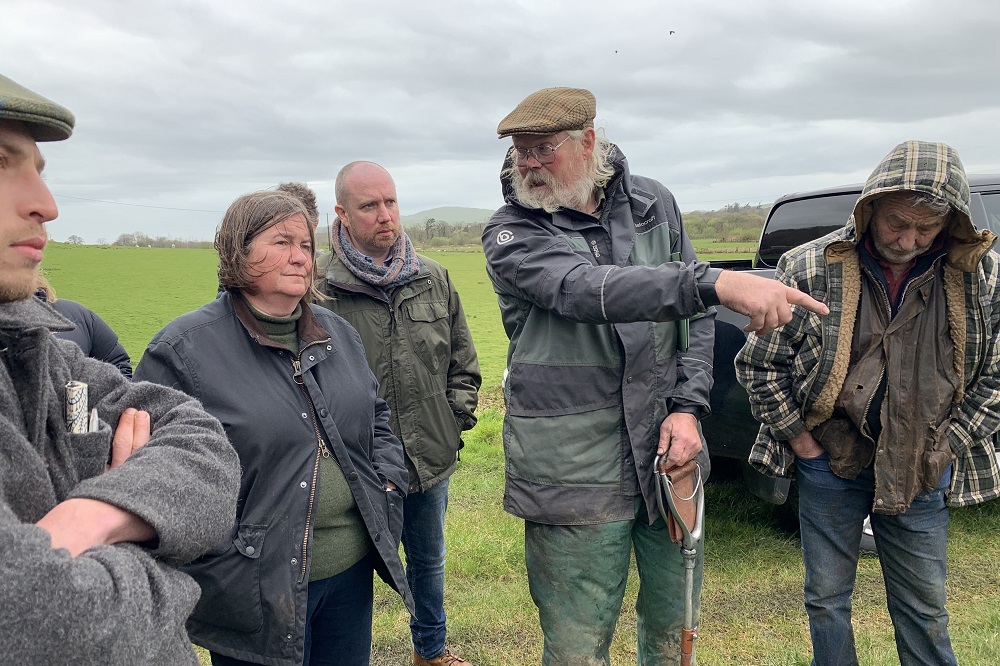Farmers call for urgent investment to reduce the risk of flooding in the Dysynni Valley

Farmers’ leaders have called for urgent investment to reduce the risk of flooding in the Dysynni Valley.
On a site visit, Clare Pillman, Chief Executive of Natural Resources Wales, was shown deficiencies in the valley’s antiquated but complex drainage system, constructed in the 19th century and described as a masterpiece of Victorian engineering, and was also urged to take urgent action to improve floodbanks and infrastructure and dredge parts of the river.
A major problem highlighted during the visit was the silting up of the River Dysynni in some areas, which is impeding the flow of water.
In addition, river-water is overflowing into the low-level section of the drainage system, and as a result it is being overwhelmed.
Overgrown river banks
Other issues include overgrown river banks, deteriorated embankments, weakening of river banks, poor quality ditching, problems with culverts and other issues in the low-level drainage system such as blockages in the outfall chamber.
It was pointed out that the weakened state of the river banks and ditching banks also makes maintenance work difficult or impossible in many cases.
The farmers also said environmental regulations limit the scope of such work and warned that farmland, habitat and wildlife is in decline as a result of increased flooding in the valley.
Mabon ap Gwynfor, Dwyfor Meirionnydd MS, who organised the visit with FUW members, said: “The farmers of the Dysynni valley have a legitimate concern regarding the water levels in the valley.
“The drainage scheme, which was devised in the Victorian era is an ingenious piece of engineering, and should allow water to drain from the valley to the sea, however water levels remain high there because it cannot flow out of the mouth of the Dysynni because of various factors, including silting in the river mouth.
“I was glad to be able to invite the Chief Executive of Natural Resources Wales to meet with farmers and listen to their concerns.
“Assurances were given regarding a programme of works this year, and we also await a report on the impact of the excess water in the valley on biodiversity. Work must be done in order to allow the water to drain properly and for the farmers to be able to use the land without fear of flooding.”
Support our Nation today
For the price of a cup of coffee a month you can help us create an independent, not-for-profit, national news service for the people of Wales, by the people of Wales.





One reason the valley isn’t draining like it did in 1870 after the drainage system was completed is that the sea is about 30-35 cms higher than it was then. However much they spend and whatever they do the lower valley will be a sea loch by 2100 if the Met Office is right.
The best case scenario of a half metre sea level rise will be enough but the worst case of up to 4.5 metres means the end of Tywyn let alone the farmland. People best start getting their heads around this stuff.